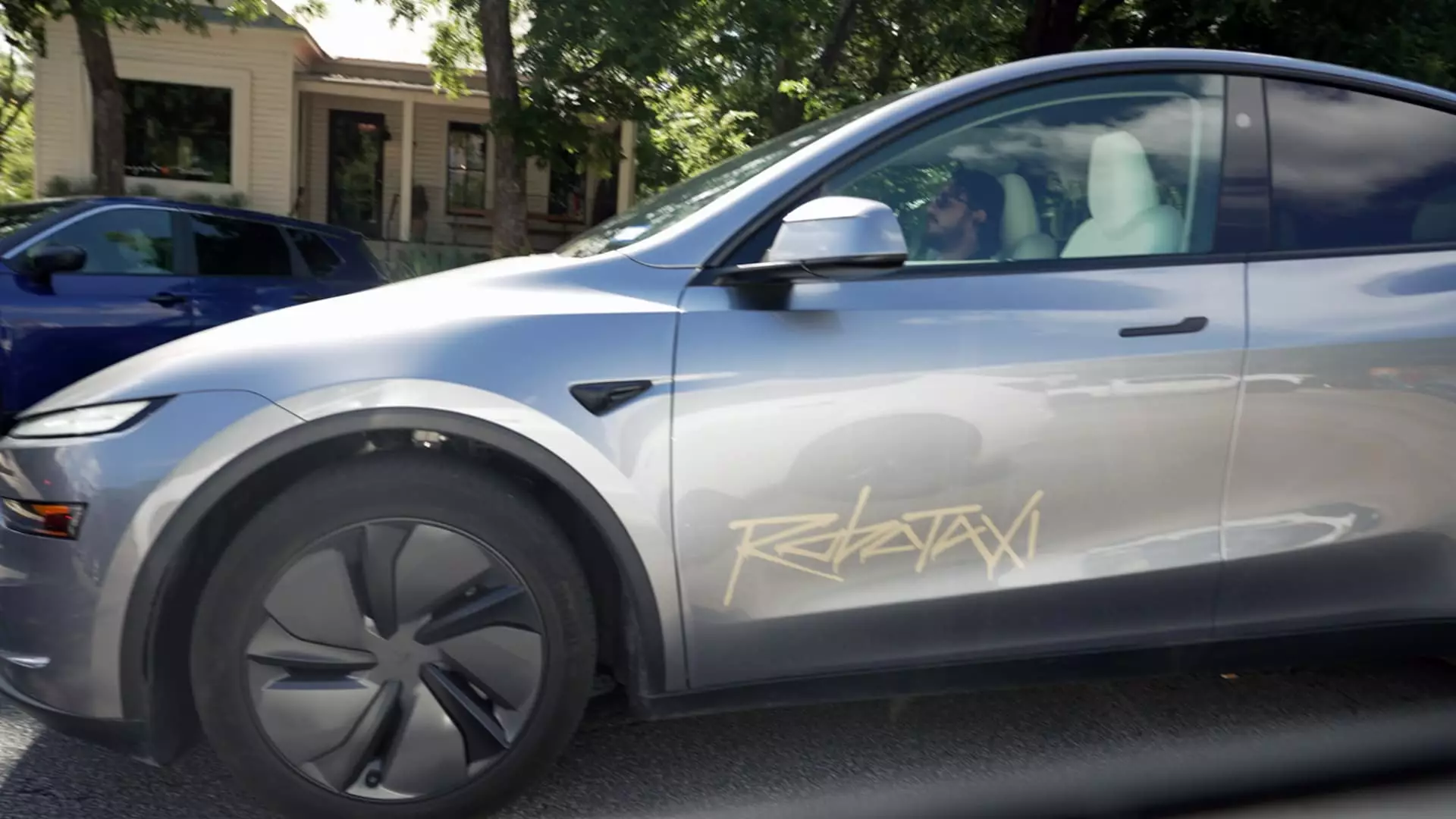Tesla’s ambitious plans to deploy its Robotaxi fleet across American cities reflect more than just technological innovation; they embody a high-stakes gamble that could redefine urban transportation—or expose its flaws. Elon Musk’s company, once hailed as a pioneer in autonomous driving, now faces the harsh reality of a technology still in its infancy. While the allure of fully automated taxis promises convenience and economic efficiency, the reality of implementation reveals a complex web of regulatory hurdles, safety concerns, and public skepticism. Tesla’s push into Phoenix and Austin demonstrates both confidence and desperation—an attempt to solidify its dominance before competitors like Waymo fully cement their lead. Yet, beneath this veneer of progress lies a sobering truth: Tesla’s autonomous systems remain imperfect, and overpromising risks not just regulatory backlash but erosion of public trust.
Untested Technology in the Public Arena
Tesla’s approach to autonomous driving—predominantly relying on camera-based systems—sets it apart from rivals that employ a combination of lidar, radar, and advanced sensors. Musk’s vision is rooted in the appeal of cost-effective solutions, emphasizing that a future of affordable robotaxis hinges on the simplicity of camera perception. However, this choice is controversial and fraught with danger. Cameras alone are vulnerable to adverse weather, poor lighting, and unpredictable human behavior—factors that studies consistently flag as significant hurdles. Tesla’s early pilot programs, notably in Austin, have been marred by publicly captured incidents of collisions and rule violations, exposing the gap between Tesla’s marketing hype and real-world performance. These incidents aren’t just technical hiccups—they threaten to undermine the credibility of a technology that’s touted as the ultimate solution to congestion and pollution.
A Tarnished Reputation and Growing Regulatory Scrutiny
Tesla’s aggressive expansion into the autonomous vehicle market faces mounting skepticism from regulators and safety advocates. The Federal authorities, including the National Highway Traffic Safety Administration, have scrutinized Tesla after multiple incidents, reflecting concerns over safety and misinformation. Notably, Tesla’s failure to obtain approval for commercial deployment in California, coupled with a 2022 lawsuit alleging false marketing claims, casts a long shadow over its ambitions. Elon Musk’s declarations about rapid expansion into markets like the San Francisco Bay Area seem optimistic or perhaps reckless, given that regulatory bodies are still grappling with whether Tesla’s “Full Self-Driving” technology deserves the label “true autonomy.” The risk of deploying vehicles that are not yet consistently reliable jeopardizes public safety and prompts calls for stricter oversight.
The Broader Political and Ethical Quandaries
Tesla’s Robotaxi project underscores deeper political and social challenges. At its core, this is not just about technology but about values—particularly how society balances innovation with responsibility. The centrist liberal perspective recognizes the merit in technological progress but insists on stringent safety, transparency, and accountability. Elon Musk’s narrative often emphasizes speed and edge over caution, sidelining crucial conversations on ethical deployment and long-term societal impact. There’s a danger that capitalism’s race for dominance results in cutting corners—placing profit motives ahead of public well-being. Responsible regulation and open public discourse should steer this pursuit, ensuring that automation enhances urban life without risking lives or exploiting vulnerable populations.
Tesla’s pursuit of the Robotaxi future is a theatrical display of technological hubris. The company’s overconfidence and aggressive rollout strategies threaten to erode trust in autonomous vehicles altogether. While the promise of cost-effective, driverless taxis is alluring, the harsh realities of imperfect technology, regulatory resistance, and ethical dilemmas demand a more cautious and responsible approach. Progress must not come at the expense of safety and public confidence. The future of autonomous mobility should be rooted in transparency, strict safety standards, and a willingness to accept that innovation requires patience and humility—not reckless haste driven by corporate ambition. Tesla’s current trajectory, if unchecked, risks transforming what could be a societal boon into a cautionary tale about technological overreach.


Leave a Reply